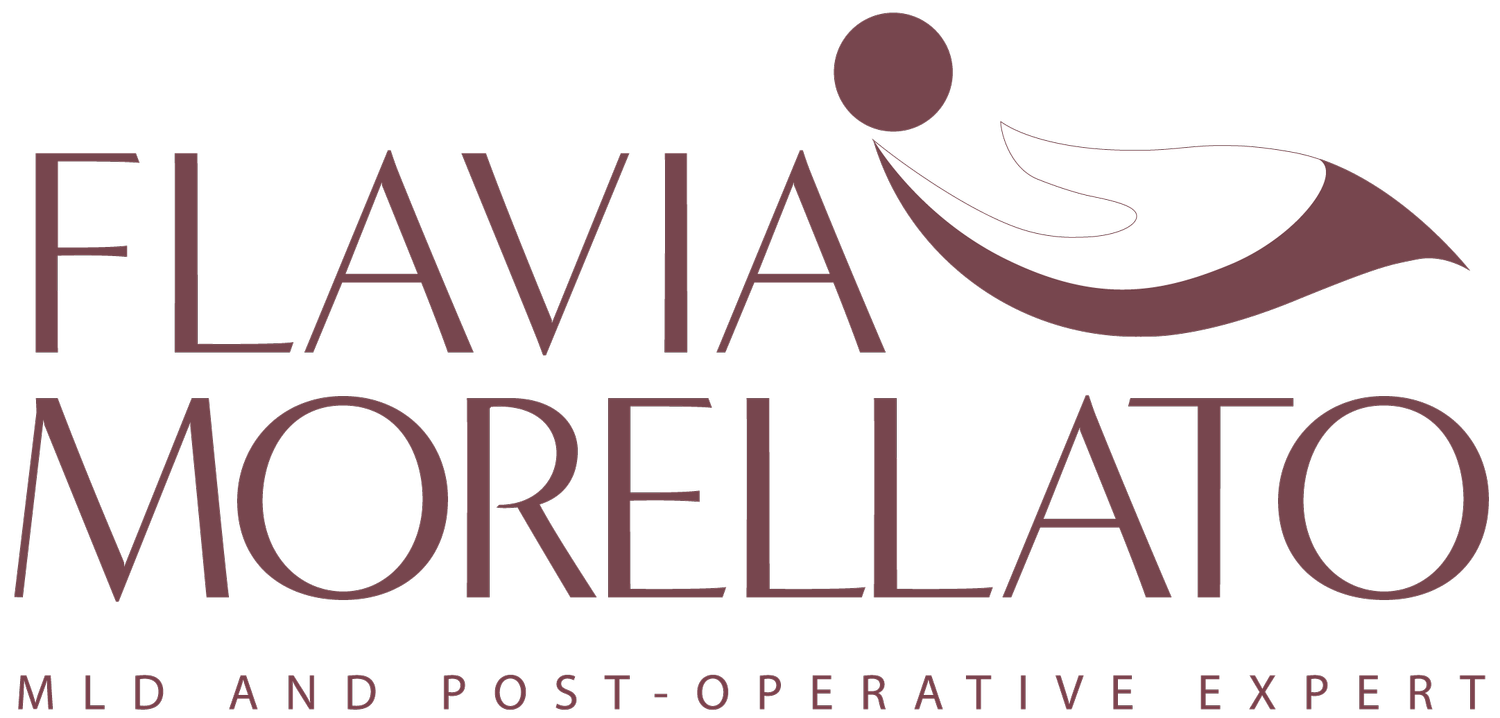DEFINITION
Lymphatic drainage is a highly specialised technique performed on lymphoedema and lipoedema patients to help manage painful symptoms and discomfort such as swelling and tenderness.
Lymphoedema is a chronic and progressive disease marked by the increased collection of lymphatic fluid in the body. It often arises following surgical procedures including mastectomies and hysterectomies, or after radiotherapy and other treatments that can damage or total destroy the lymph nodes, resulting in a dysfunctional lymphatic system. Lymphoedema usually occurs unilaterally and on the same side as the surgery or trauma. Most women who undergo a mastectomy are now referred to a lymphatic drainage specialist, as part of their post-operative care.
Manual lymphatic drainage manages the oedema and assists primary and secondary lymphoedema by redirecting fluids to unaffected lymph nodes, combating stagnation and cellulitis. The functional lymph node will process and return the fluid back into the blood stream, improving the look of the affected area and preventing it from getting worse.
For an effective result, we recommend you start with daily treatments which will reduce over time to 2-3 times a week. The length of the course may vary, and it can be combined with compression garments or taping. Our method also involves breathing exercises.
If you are an oncology patient and are unsure about the safety of this treatment, please ask for a referral letter from your consultant.
Lymphoedema
&
Lipoedema
Lipoedema
While surgical intervention continues to be the dominant therapy option for lipoedema management – both cosmetically and medically – undergoing regularly scheduled lymphatic drainage in conjunction with wearing appropriate compression garments have proven beneficial for many patients living with the painful, disruptive effects of lipoedema.
Unlike lymphoedema, lipoedema needs oestrogen and progesterone to build up, so it tends to be predominant in women. The disorder is worse when using hormonal contraceptives. It can occur in the legs, hips and arms, often with bruises due to the inflammatory response in the fat cells and intense fluid stagnation.
Manual lymphatic drainage helps to superficially manage the disorder in patients who may not be ready to undergo surgical intervention, such as liposuction.
It is important to note that lymphatic drainage will not treat the problem, as it won’t remove fat build-up from tissues, but it will manipulate the underlying tissue and remove water retention, maximising the lymph flow and reducing pain, pressure and swelling. It is recommended to begin with 1-2 sessions per week and to continue after liposuction.


